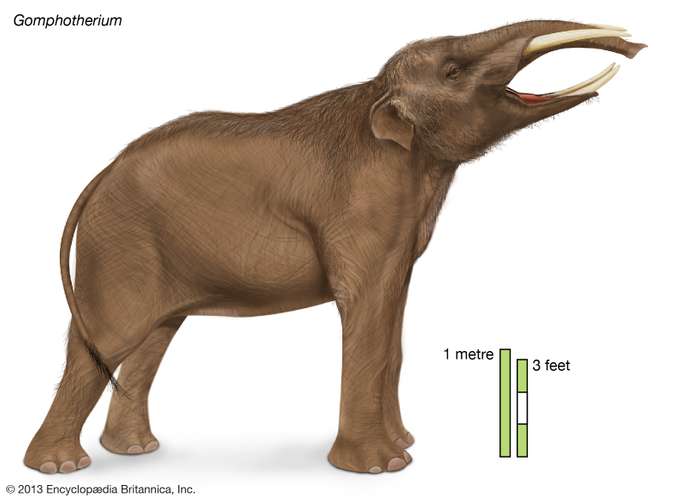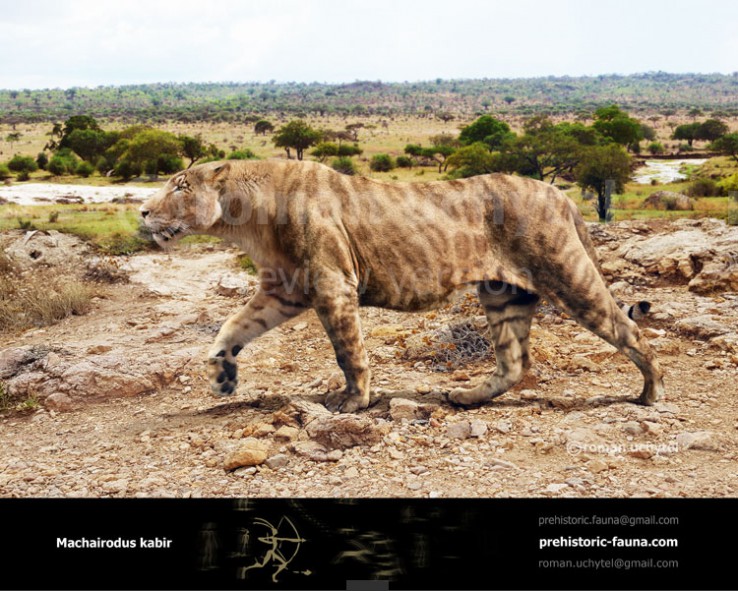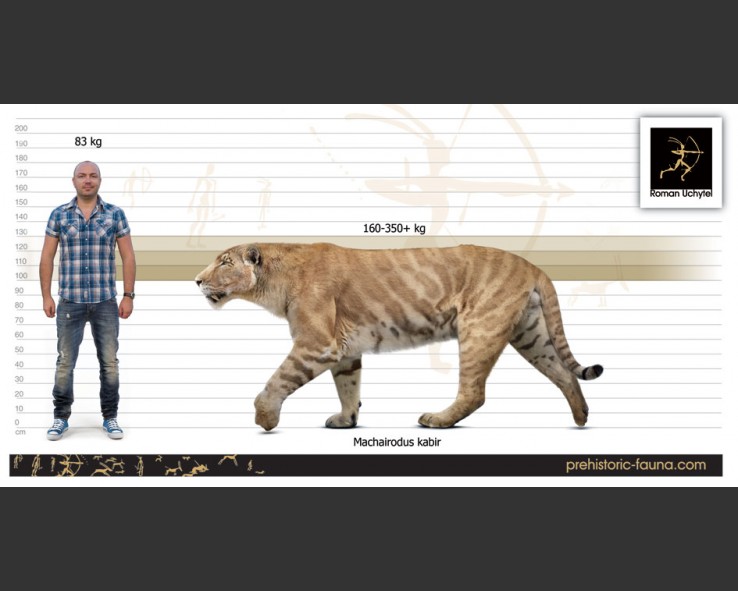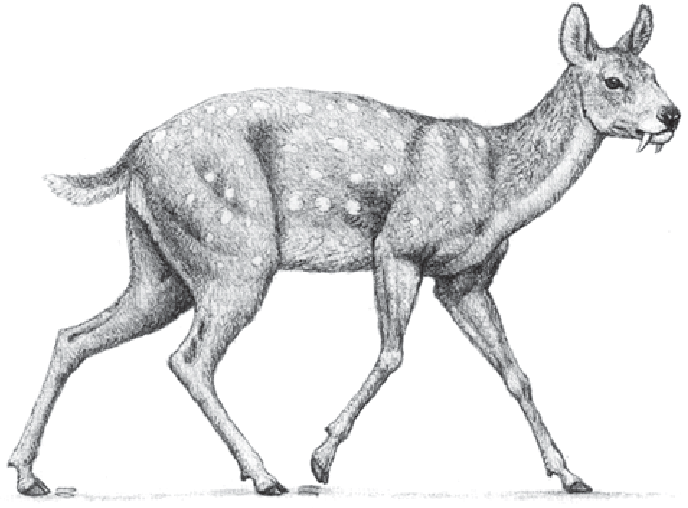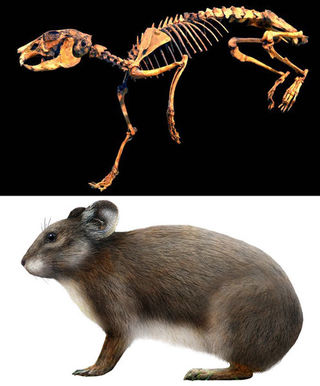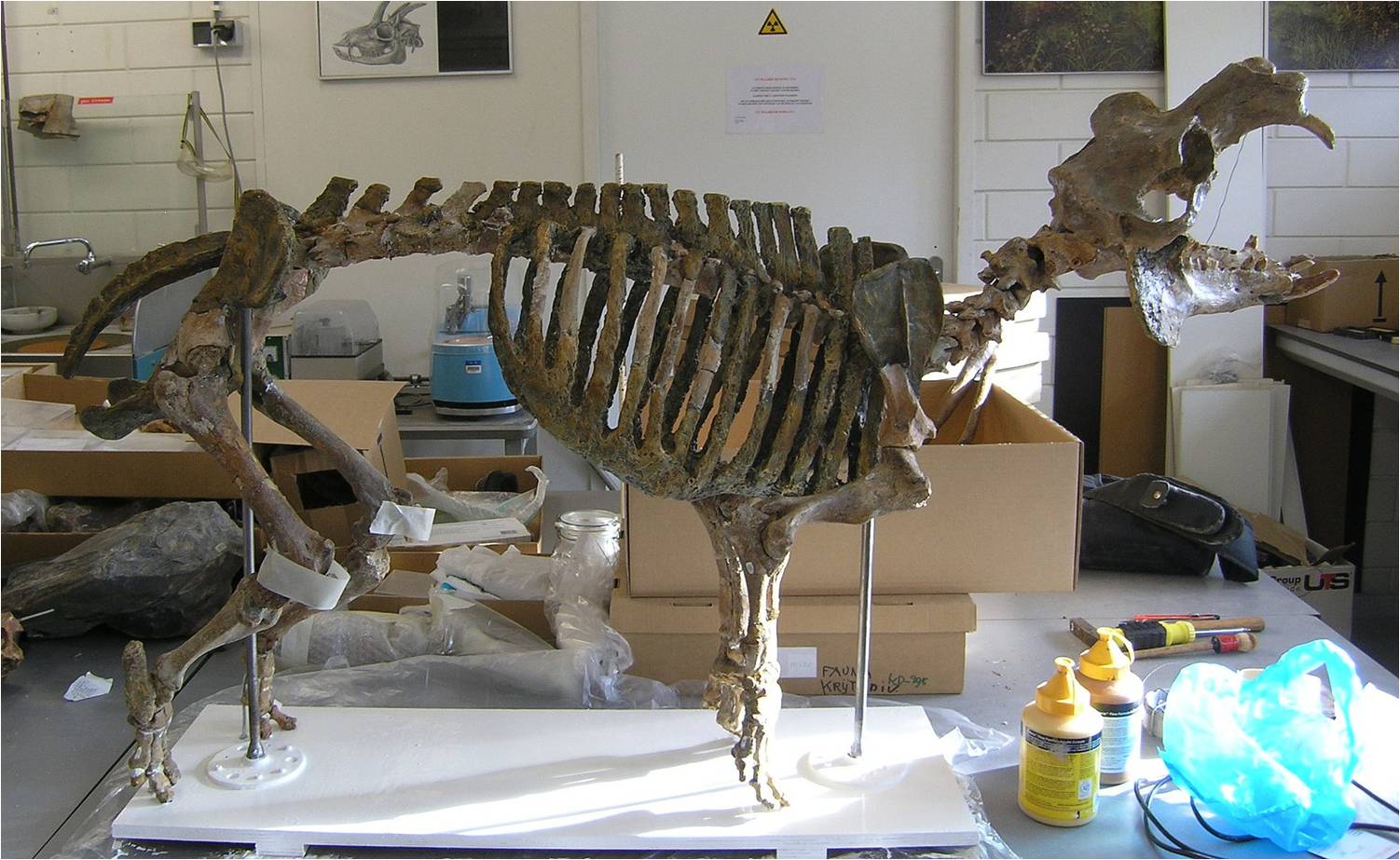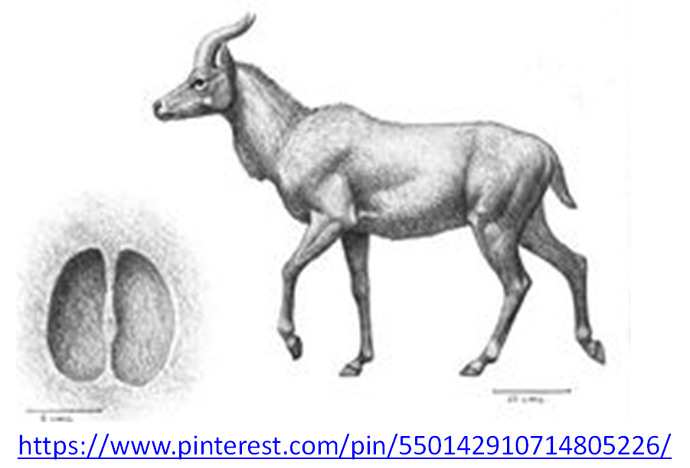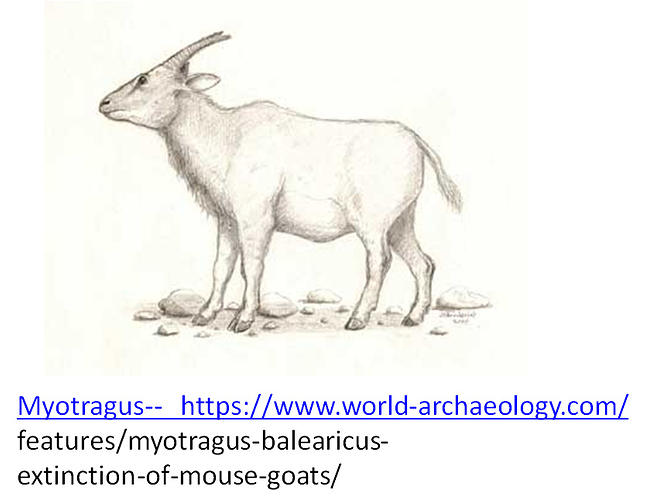Technology Part 1
I am going to do this in 3 posts, one per day. This is a slightly modified version of Pathway Paper #5 which I briefly sold in 2005 after I came back from Scotland but before I left for China. It is an issue no one has really pushed me on here but it is something that can’t be left unaddressed, but which I did address 15 years ago… This is probably the most controversial part of my views, which already challenge much of what Christians believe. When I have presented these ideas, it usually gets a bit raucous. Intellectual honesty makes me, no, requires me to deal with the issue of technology in Genesis 4. The technology listed in Genesis 4 include musical instruments, tents, farming, cattle herding, and even metal work (maybe, and that is a really big maybe not in my opinion–from Scripture). This is obviously possibly problematical for my view, or so many think.
I believe Genesis 2:5 rules out an agricultural setting at least at the time Adam and Eve were created.
Genesis 2:5 says, "… and no shrub of the field had yet appeared on the earth and no plant of the field had yet sprung up, for the Lord God had not sent rain on the earth and there was no man to work the ground.
Based on one phrase alone, ‘plants of the field,’ Eden is clearly placed PRIOR to the Neolithic time which is when so many place him. (I will extend the term Neolithic to include back to 20kyr as Mitch seems to prefer) The Scripture itself says this is wrong, there were no plants of the field. It is also on a land on which it had not rained. This rules out all the usual locations suggested for Eden. It had clearly rained on Turkey, the Levant, Saudi Arabia, Iran and Mesopotamia. Thus Scripture itself says Neolithic Adam is wrong. The Neolithic was full of farming. Indeed the earliest wheat farming took place around 9600 BCE. The events of Eden were before this time. At a time when there were no ‘plants of the field’.
So how do I square this circle? There are two possible answers to this. First, let’s assume all of this technology did exist in the pre-flood world. If you hold my feet to the fire insisting I must literally accept the English meanings of the King James Bible, then the easiest explanation is what I would use. I would say this technology issue is meaningless to my view simply because it would all be lost after the flood and would need to be re-invented. This is the easiest least time consuming explanation. As I wrote to Skove (slightly modified),
" Think about this: if you and 8 friends, knowing what you all know are the sole survivors of a global flood on earth at this time (play along with me about the global flood). Yall 8 are the only people alive, and you have landed you know not where. How much of today’s technology do you think you could pass on to your kids. Plant a garden? 3 months before you get crop. By then you are starved to death. Plant a garden go hunting? As a gentleman farmer who tried gardening and working the week in Houston, I can tell you the critters ate my crops almost every year. Deer and squirrels got my peaches, cows ate half of my corn. Weeds chocked out everything else. Farming is something that can only be don FULL TIME, which raises a real question in my mind about Abel being able to farm and not starve to death. I am working on a post on that issue too.
Let’s continue. Do you know how to make stone tools?, Fletch an arrow? do you know what fletching is? Do you know the best kind of wood is needed to make an arrow? Just any old tree won’t work. (Bois d’arc and Yew). Do you know how to straighten an arrow shaft? Make a fish weir?, Do you know where iron deposits are? Do you know where coal is? Can you mine it even if you can walk to those sites? How do you feed yourself while you are mining coal and iron ore? Assuming you have coal, and iron ore, and you build a kiln, and put it all in and set it on fire. Will you get molten iron? Do you even know the answer to that question? Do you know what is missing that is required to get iron out of rocks?
I could go on and on. I am extremely educated in geology, ancient technology and even know the theory of making stone tools, but I am not sure I could do it. Making arrow heads requires long periods of practice. Very few modern humans can even make Neanderthal Levallois tools. People have lost eye sight from rock slivers shooting into the eye.
So, whatever technology they had, it would be lost. Hunger today rules everything when 8 people are left on a virgin world. Because of all this, the lack of technology in early mankind is totally irrelevant. If you and 8 of your chosen friends survived alone on earth, it would be millions of years before our technology arose again. That is a simple fact–yet so many people think we humans are so smart as to be able to recreate farming instantly . Farming requires storage like pottery–a pile of wheat left on the ground will be eaten by bugs and mice. Harvest requires lots of peoeple–8 people on earth couldn’t feed themselves. All I can say is that God had to help them.
I know someone will mention Noah’s grape vine. I made great jelly from an intentionally planted wild grape vine at the ranch I got loads of grapes off of it. Just getting those grapes didn’t make me a farmer!"
That is absolutely the easiest answer to this issue. Humans had it and lost it. Some might say, 'How convenient!". If people don’t like that explanation, then the second option takes a bit more time, but over the next few days I will post on the various technologies, showing that the technologies spoken of in the Bible were invented long before the farming era. If we take what Scripture says about the inventions of Adam and Eve’s descendants, then they were not Neolithic farmers. These inventions were made way back in time. . Thus, the value of the second approach is in showing more data why Adam and Eve were not Neolithic.
I will show that people other than H. sapiens, did tend herds in a certain sense. One thing to remember is that people think shepherding is taking care of the animals, and it is, but for the purpose of killing the animals. The Good Shepherd analogy breaks down at this point. God is shepherding us out of this world; the human shepherd is going to eat those he cares for. The whole point of shepherding is to eat the animal or sell it to others so they can eat. I think of one of my favorite Twilight Zone episodes where aliens come to earth, offer us cures for our diseases, help with our technology, always doing good for mankind. But they had a book, which was entitled. “How to Serve Man”, and which, when translated turned out to be a cookbook–a set of recipes on how to prepare men for their tables. One certainly got the impression in the show that those about to be eaten were less enthused about the aliens loving care of them. ‘Tending’ the herds and it doesn’t require Johnny Farmer to be on site.
What would Abel have tended to down on the bottom of the Mediterranean? Maybe the Messinian aged Myotragus. Myotragus is only found so far on Mallorca in the Western Mediterranean, but that may be only because he survived there when the basin flooded. But it doesn’t matter if it was that or not. The word tson can mean sheep, goat or cattle and there are bovids that likely lived in the basin as well.
As noted, most authorities claim that the Biblical narrative regarding Cain and Abel show a Neolithic (early farming) time setting. If this is true, and Adam and Eve are the direct parents of Cain and Abel, as the Bible indicates, then Adam must be a late entrant into the world. The data of anthropology says, “Not so fast, Cowboy!”
The Bible says,
“ And again she bare his brother Abel. And Abel was a keeper of sheep, but Cain was a tiller of the ground ” Gen 4:2 ASV
“ And Adah bare Jabal: he was the father of such as dwell in tents and have cattle. 21And his brother’s name was Jubal: he was the father of all such as handle the harp and pipe. And Zillah, she also bare Tubal-cain, the forger of every cutting instrument of brass and iron ” Gen 4:20-22 ASV
Dick Fischer writes of this:
" Could sophisticated musical instruments (Gen. 4:21) predate simple bone flutes? How could metal working (Gen. 4:22) have preceded the Neolithic (late Stone Age) period?" 110
and
" Genesis 4:22. One of Cain’s descendants, Tubal-Cain, was ‘an instructor of every worker in brass and iron.’
“This is the proverbial smoking gun! Adam belongs after the old Stone Ages, at the end of the Neolithic, at the threshold of a period called the Neolithic when traditional stone tools were augmented by crude copper implements. Adam’s descendants saw the dawning of the Bronze Age.” 111
To satisfy Mitch, I will define the Neolithic as being between 20,000 and 2000 years ago. So, while Dick is not a young-earth creationist, he is a young-earth Adamic person, holding that Adam was recently created. Apart from the troubles we saw above, where language, religion, pain in childbirth, sweat and clothing goes much further back than 6,000 years ago, the trump card in my debates with Dick has always been the passage above. Today, we take that passage on and show why it does not mean a Neolithic Adam
Is this the only way these passages could be read? I don’t think so. In Pathway Paper #1 we discussed the need for the Bible to be true throughout all time. God has a meaning for what he inspired, the writer wrote words inspired by God, but may have had an understanding of those words different than what God intended. Today, when we read the Word with the understanding of a 21st century person, we will understand those words differently than did the Iron-age writer. The hermeneutical approach which requires that we understand the Bible based upon the original intent of the writer ignores the fact that the writer may not have understood exactly what God intended. Thus, we will approach these passages from this point of view, i.e., there is a true meaning but it may not be the traditional interpretation of the Scripture.
Let’s start by looking at the claim that Abel was a keeper of sheep. The word for keeper is abad. The word is a participle and can mean to pasture, tend, graze, feed, shepherd, to associate with, or be a friend of. Of these possible meanings, there seems to be two classes. The first class has the meaning of shepherd. These meanings are ‘to pasture”, “graze”, “shepherd”, and “feed”. The other class has a slightly different meaning. “Tend”, “to associate with, and ‘to be a friend of,” do not have the connotation of the shepherd. How do we know which meaning we should use? For reasons which will become clear below, I will suggest the term ‘tend’ is an appropriate meaning here.
But what about the word ‘sheep’? The word translated sheep is tso’n. The Brown-Driver-Briggs Hebrew lexicon defines that word as “small cattle, sheep, sheep and goats”. Given this range of definitions, we can’t be sure exactly what it was that Abel tended to. It could have been goats for all we know. Like Mandarin, Hebrew isn’t always entirely clear on the distinction between wild goats and wild sheep, nor apparently, even cattle. Both goats and sheep climb cliffs in similar way and live in hills cropping the vegetation close to the ground.
One thing we ought to do is look at when humans began ‘tending’ tso’n (sheep/goats) but we also ought to look at what does it mean to ‘tend’ sheep/goats? A shepherd watches over the sheep and fends off the other predators, like lions, and wolves. But the shepherd is also a sheep/goat predator. In deed, he is the chief predator of the sheep/goat. The animals are kept for his personal use and he kills them when he and his family need food. A herding family will get the vast majority of their calories from eating them with percentages above 75%.112
Now, what are we to think when we learn that Neanderthals in the Caucasus mountains gained 85% of their meat intake from a type of tso’n ?113 Is this not ‘tending’ t’son ? But this is not all. Neanderthals obtained a high percentage of their meat from goats and sheep at numerous other sites. Goat and sheep bones represent 60% of the layer 2A deposits at the Neanderthal site of Mezmaiskaya Cave in the Caucaus mountains.114 Adler states,
“ Outside the Caucasus, high frequencies of mountain goat in Middle Palaeolithic contexts have been observed in Uzbekistan at Teshik-Tash (Capra sibirica: 1 80% NISP [Gromova 1949]) and Obi-Rakhmat (Capra sibirica: 47.4–66.7% [Wrinn n.d.]), at the Spanish sites of Gabasa 1 (Capra pyrenaica: 33.7–52.2% NISP per layer [Blasco Sancho 1995]) and Axlor (Capra ibex: 25.6% combined ungulate sample [Altuna 1989, 1992]), and at Hortus in southern France (Capra ibex: 75.4% NISP combined sample [de Lumley 1972]). ”115
Given this, how on earth do we say that Neanderthals don’t fit the definition of being a ‘tender of tso’n ”? A study published in the Proceedings of the National Academy of Sciences points out that the isotopic composition of Neanderthal bones showed that they derived most of their calories from meat, not from plant foods.116 This further supports the idea that they were somehow ‘tending’ to the animals they chose to eat.
But this data, this high percentage of bones of a single large animal actually contradict ethnological observations of modern hunter gatherers. Modern humans seem much less efficient at hunting than these Neanderthals. Hawkes et al, looked at the caloric economy of modern hunters. If one reads what they conclude, it is entirely a mystery why the Neanderthals were so efficient at large game. Hawkes et al., write,
" The average acquisition rate a man could expect to achieve for his own household was 0.08 kg/hr if he specialized in large prey and 0.04 kg/hr if he specialized in small (table 4). By these calculations, a hunter seeking to maximize his household income should not specialize in small animals instead of large, but he should include small animals among the prey he takes (Hawkes, O’Connell, and Blurton Jones 1991). Each time he encounters a small animal, he can expect to earn its average postencounter acquisition rate while he pursues it. The measured postencounter rates for small animals ranged from 0.23 to 1.5 kg/hr (Hawkes, O’Connell, and Blurton Jones 1991). This means that each time a hunter encounters a guinea fowl and passes by in order to continue earning 0.08 kg/hr searching for big game, he is reducing his household income. Even if neighbors made claims on small animals, a man who pursued them and kept less than half of the lowest-return small prey would still earn a greater nutritional benefit for his own household than he would get from specializing in big game. ”117
They go further,
" These comparisons are based on mean rates. They ignore the most important reason that big-game hunting is an ineffective strategy for provisioning a family: It does not provide a reliable nutrient stream. The daily risk of failure for a Hadza big-game hunter is consistently = 96% (table 3). Big-game encounter hunters can expect to fail 45 days for each success, while small-game encounter hunters would go only 1–3 days between successes (table 4), and plant collectors would rarely if ever come home emptyhanded (table 5) ."118
Clearly, Neanderthals present a mystery. They were so successful at obtaining one big game species, their bones show that they ate almost nothing but meat. This means that they didn’t fail to get big game meat 96% of the time, as modern human hunters do. Indeed, they seem to be able to get meat upon demand—as, say, herders can. This information is quite fascinating and utterly ignored by apologists.
What does it mean to tend sheep/goats? Does one have to walk with them through the pastures to be tending them? Could another form of tending them mean chasing them into an enclosure where they are kept until one wants to eat them? Such an arrangement would ensure a supply of food but also take minimal work. Humans have done this with fish for a long time in the form of fish weirs. Stones are arranged in a shallow stream such that a fish can get into an enclosure but then have a hard time finding the way out. Such weirs, as they are called, are an easy way for a human to feed himself in the wild. But such an arrangement is often used with wild animals. Chase them into a concealed corral and shut the gate. Then it is easy pickings. Would that not be ‘tending the tso’n ?
There is another way this tending the tso’n could be understood. Some hunter-gatherer tribes follow their prey herds. While they are not herders, as we understand the term, they do form an association with the herds and follow them (something a shepherd does as well). Bahn relates,
“Gordon points out the frequent confusion between following herds of caribou and accompanying them and mentions that Burch has agreed that the Chipewyan did indeed follow the herds annually. It is high time that the fallacy that ‘people cannot follow the herds’ was laid to rest.”119
It seems entirely reasonable to say that anyone behaving as the Chipewyan did were doing precisely what Abel was said to be doing—tending the herd.
Some will object that farming and animal control didn’t begin until long after 10,000 BC. But there is some very intriguing art at two paleolithic sites which may indicate that animal control (or at least partial control) goes much further back. Randal White wrote an article critical of the idea, but frankly, the evidence presented in the article and in the ensuing discussion on the pages of Current Anthropology, presents a good case for animal control much longer ago. There are two cave pictures of horses, apparently with bridles, one from St. Michel d’Arudy and the other from La Marche. Both of these are from the Upper Paleolithic and are associated with anatomically modern humans. However, it shows that animal control may go deeper into the past than the Neolithic and that means that Abel’s time frame could also move further back in time.
Here are the pictures of two horses, In the first, note the rope-like pattern on what looks like a bridle.

Figure 6 St. Michel d’Arudy Horse(with bridle?) -16-14 kyr ago
Piette, 1894
This isn’t all the evidence for animal control going back that far. Reindeer herders castrate many of the male reindeer in order to reduce aggressiveness when the deer rut and to preserve meat quality throughout the winter.120 What happens is that rutting males produce lots of testosterone, and will attack anything in sight. They become uncontrollable during this time. They will fight with other bulls to acquire a harem, and when they are successful at acquiring the harem, they work endlessly for months keeping the other males away. They don’t eat and they lose weight(what some men won’t do for sex!). In the wild, bulls often don’t live through the winter because they start out in a highly deteriorated state. Herders, not wanting these effects castrate many males to reduce the fighting and to make the herd more docile. Most deer don’t grow antlers after castration, but reindeer are an exception. But the antlers they grow are different. And this brings us to another piece (not provable) of evidence supporting animal husbandry much longer ago than many have heretofore beleived. Paul Bahn says,
“ On the other hand, it is interesting that a reindeer antler found in Finland in the 1970s and dated to 34,000 years ago has been identified by a Saami reindeer herder as belonging to a castrated male and thus ascribed ‘to a reindeer-herding system’ ”121
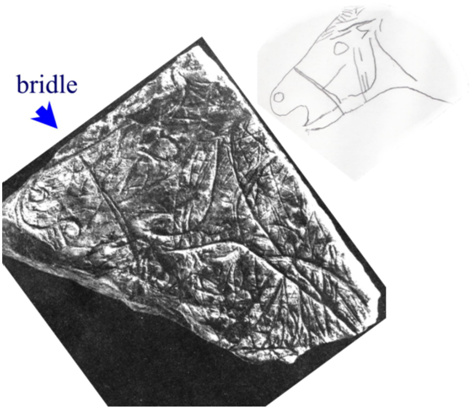
Hadingham, Secrets of the Ice Age, (New York: Walker, 1979), p. 111 (15kyr ago)
Figure 7 La Marche Horse (with bridle?)
There are other interesting possible indicators of animal control in the upper Paleolithic. At Font de Gaume, France, a mammoth is pictured in what appears to be a hut or cage.122 At the 17,000-year-old site of Lascaux, there there is a painting of horses and a cow, with what appears to be a fence or gate.123 At Mas d’Azil, there is a carving of a horse which appears to have a rope around it’s head.124
Now, let’s look at Cain, the ‘tiller of the ground’. The word.’tiller’ basically means ‘work’. A person familiar with Hebrew with whom I consulted noted that the word can be used in reference to someone working the land without actually planting. Context would define it. But, context, in this case, might not be very helpful because the time is referring to the origin of the human race (at least if one believes that Adam is the progenitor of humanity. Let’s look at how hunter gatherers work the land.
Many people who have not studied anthropology think that there is a clear division between hunter-gatherers and farmers. When one looks at what actually happens, it isn’t so clear cut. Harris relates,
" Studies of modern hunter-gatherers show that there is a correlation between population density and the specialised use of particular foods. Examples include the systematic exploitation (in some cases even involving the sowing) of wild grasses and other herbaceous plants for their seeds, and the replanting of wild yams and other tubers to ensure continuity of supply ."125
This behavior probably went way back in time. Pringle informs us,
“ The early date for plant domestication in the Near East is not entirely unexpected, says Ofer Bar-Yosef of Harvard University. For example, inhabitants of Ohallo II in what is now Israel had made wild cereal seeds a major part of their diets as early as 17,000 B.C., according to published work by Mordechai Kislev, an archaeobotanist at Bar Ilan University in Ramat-Gan, Israel. Moreover, as close observers of nature, these early foragers were almost certain to have noticed that a seed sown in the ground eventually yielded a plant with yet more seeds. “These people knew their fauna and flora very well,” says Bar-Yosef, "and they probably played with planting plants long before they really switched into agriculture ."126
But the evidence of working the land goes back further. At the Neanderthal site of Amud Cave, we read this,
“ There is clear and repetitive evidence for the exploitation of mature grass panicles, inferred to have been collected for their seeds.”127
When Cain brought his first fruits, what fundamental difference does it make if he planted the grass? He still had to do the work of gathering it as does any modern farmer. The description of Cain’s sacrifice is not really less for him having done the work of gathering but not of planting.
But the best evidence of working the land with fossil man comes from the 73,000-year-old Neanderthal site of Combe Grenal in France. Anderson-Gerfaud describes a plant-harvesting tool associated with the Neanderthals.
" However, we were able to identify at least one plant-harvesting tool from the Middle Palaeolithic–a convex scraper on a blade from a Wurm I level (Typical Mousterian) at Combe-Grenal, described earlier. This particular tool was significant in that it was clearly used with a curved, ‘harvesting’ motion, and edge damage on the edge opposite the one used suggests that it may have been used in a haft. We then examined the tool with the scanning electron microscope to search for any minute fragments of residue material which might clarify its use. A residue located near the working edge, in a slight depression in the tool surface was found by comparison with microscopic cellular fragments (e.g. siliceous phytoliths) we extracted and studied from living plants) to be from a grass, or possibly a sedge (Cyperaceae) or a rush (Juncus). ”128
What is the difference between this and a Neolithic farmer using a similar scythe to harvest his crop? Not much really. While it is highly unlikely that this Neanderthal tool was used to harvest cereal grain, it leaves one wondering how far back ‘working the land’ goes into prehistory.
But this isn’t all, even further back between 75,000 and 130,000 years ago at Klasies River Mouth Cave in South Africa, evidence of ‘farming’ is present. Shreeve tells us,
" The key change occurred at the beginning of the Middle Stone Age, when people began to manage the environment instead. Rather than take the surrounding landscape as a given, they molded it to fit their needs. The proof, he believes, is in the plants. Increasingly through the Middle Stone Age, the Klasies River Mouth region would have been taken over by open savanna landscape with few fruiting trees. The productivity of plants was concentrated underground instead, in ‘geophytic’ buds and bulbs. Left to their own devices, geophytes are a very slowly renewing resources. In order to rely on them for sustenance, the surrounding vegetation would have to be systematically burned off to speed up new growth. This is exactly what African pastoralists do on the savanna today, to encourage the growth of new grass for their cattle.
"Obviously, such management requires the ability to make fire at will. It also demands a perceptual leap: the sense that the habitat, and with it the very future, can be designed. We know that the Klasies people knew fire. We know they were depending on geophytes to survive, especially during Howiesons Poort times. ‘Putting two and two together,’ Deacon said, 'we get a picture of people “farming” patches of starch-rich plant foods with fire and supplementing this diet with meat from hunting and scavenging and from collecting shellfish when at the coast .'"129 (emphasis mine)
The final evidence for working the land for plants comes from a logical deduction presented by Bernard Campbell, an anthropologist at the University of Rhode Island. He notes that when H. erectus populated the temperate regions, regions with a severe winter, certain conditions must have been met or they could not have successfully lived in these regions. First he notes that the large variation of daily temperature places large stress on both plants and animals. Clothing would be an essential as we noted earlier. But, the low winter temperatures (-23o C in the Tbilisi, Georgia area where H. erectus lived 1.8 myr ago) prevents plants from growing during the winter months. Thus, the late winter months and early spring would give little in the way of plant material to eat. Food storage would be a must to save food for these lean times.130 And this means, that some sort of ‘working the land’ must have existed in humans from the time when H. erectus lived at Dmanisi, Georgia on. That was 1.8 million years ago.
What we have shown here is that the usual interpretation of Genesis 4:2 doesn’t necessarily require a Neolithic Adam. Indeed, We might very well be eisegetically reading into the verse what we know from our post-agricultural revolution vantage point. Even the divinely inspired author may have understood it as we do, because he, too, while writing the passage, was inserting his view into it. And modern translators continue the tradition by making it appear that this was a Neolithic setting. It might or might not have been. Now, one might object that Cain and Abel wouldn’t have ‘owned’ the sheep or the land. This is true. But in reality, ownership is in the mind of the human, not in the mind of the sheep or land. The sheep doesn’t wake up thinking, “That geezer over there owns me. I want my freedom back.” Humans are territorial and if they view that the territory upon which their plants and sheep lay was their land, then that is ownership.
One final note: Anyone who thinks Neanderthals were stupid non-human brutes needs to seriously retool their anthropological knowledge–but it has been that way for a long time. 10 Surprising Facts About Neanderthals
References
-
Dick Fischer, The Origins Solution, (Lima, Ohio: Fairway Press, 1996), p. 118
-
Dick Fischer, The Origins Solution, (Lima, Ohio: Fairway Press, 1996), p. 239
-
MSN | Outlook, Office, Skype, Bing, Breaking News, and Latest Videos accessed 10-14-06
-
Daniel S. Adler, Guy Bar-Oz, Anna Belfer-Cohen, and Ofer Bar-Yosef, Ahead of the Game : Middle and Upper Palaeolithic Hunting Behaviors in the Southern Caucasus ,” Current Anthropology Volume 47, Number 1, February 2006, p. 91
-
L. V. Golovanova, et al, “Mezmaiskaya Cave: A Neanderthal Occupation in the Northern Caucasus,” Current Anthropology, 40(1999):1:77-86, p. 85
-
Daniel S. Adler, Guy Bar-Oz, Anna Belfer-Cohen, and Ofer Bar-Yosef, Ahead of the Game : Middle and Upper Palaeolithic Hunting Behaviors in the Southern Caucasus ,” Current Anthropology Volume 47, Number 1, February 2006, p. 96
-
Michael P. Richards, Paul B. Pettitt, Erik Trinkaus, Fred H. Smith, Maja Paunovi, and Ivor Karavani, “Neanderthal diet at Vindija and Neanderthal predation: The evidence from stable isotopes” Proc. Natl. Acad. Sci. USA, June 13, 2000.
-
K. Hawkes, J. F. O’Connell, and N. G. Blurton Jones… Hunting and Nuclear Families. Current Anthropology 42(2001):5: 681-709, p. 686-687
-
K. Hawkes, J. F. O’Connell, and N. G. Blurton Jones… Hunting and Nuclear Families. Current Anthropology 42(2001):5: 681-709, p. 686-687
-
Paul Bahn, “Comments,” Current Anthropology, 30(1989):5:618
-
( Carrie Bucki, Greg Finstad and Tammy A. Smith, Reindeer Roundup: A K-12 Educator’s Guide to Reindeer in Alaska,” (Fairbanks: University of Alaska Fairbanks, 2004), p. 18 http://www.uaf.edu/snras/afes/pubs/misc/MP_04_07.pdf)
-
Paul Bahn, “Comments,” Current Anthropology, 30(1989):5:618
-
Jan Jelinek, The Evolution of Man, (New York: Hamlyn, 1976), p. 434
-
Jan Jelinek, The Evolution of Man, (New York: Hamlyn, 1976), p. 292.
-
Jan Jelinek, The Evolution of Man, (New York: Hamlyn, 1976), p. 311
-
D. R. Harris, “Human Diet and Subsistence,” in S. Jones et al, editors, The Cambridge Encyclopedia of Human Evolution, (New York: Cambridge University Press, 1992), p. 72-73
-
Heather Pringle, “The Slow Birth of Agriculture,” Science, Vol 282, Issue 5393, 1446 , 20 November 1998 http://www.sciencemag.org/cgi/content/full/282/5393/1446
-
Marco Madella, Martin K. Jones, Paul Goldberg, Yuval Goren, Erella Hovers, “The Exploitation of Plant Resources by Neanderthals in Amud Cave (Israel): The Evidence from Phytolith Studies ,” Journal of Archaeological Science 29(2002):7:703-719
-
Patricia Anderson-Gerfaud, “Aspects of Behaviour in the Middle Palaeolithic: Functional Analysis of Stone Tools from Southwest France,” in Paul Mellars, The Emergence of Modern Humans, (Ithica: Cornell Univ. Press, 1990), pp. 389-418, p. 400
-
James R. Shreeve, The Neandertal Enigma, (New York: William Morrow and Co., 1995), p. 217-218
-
Bernard G. Campbell, “An Outline of Human Phylogeny,” in Andrew Lock and Charles R. Peters, Handbook of Human symbolic Evolution, (Malden Massachusetts: Blackwell Publishers, 1999), p. 46

